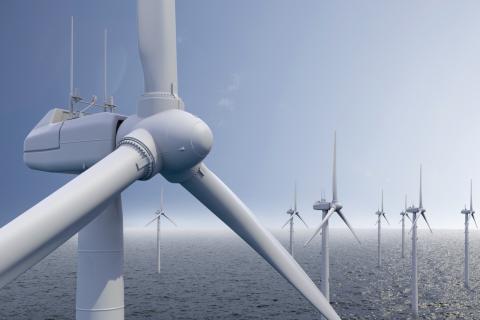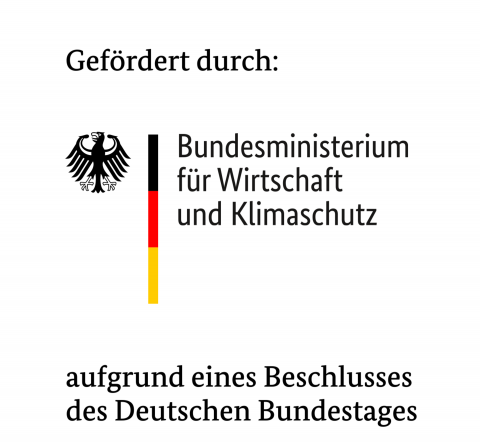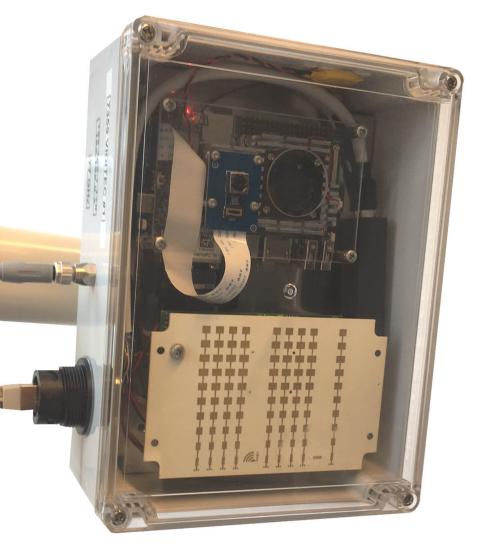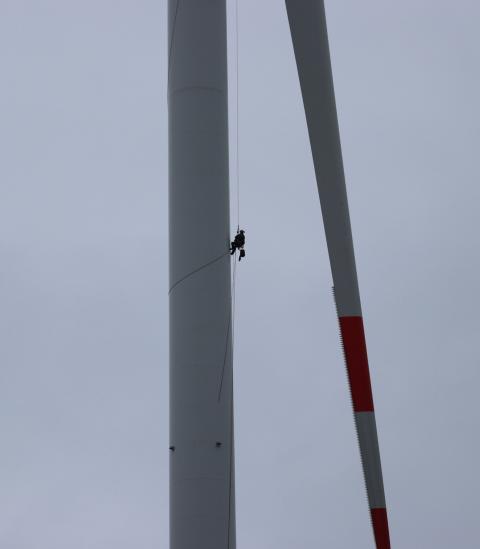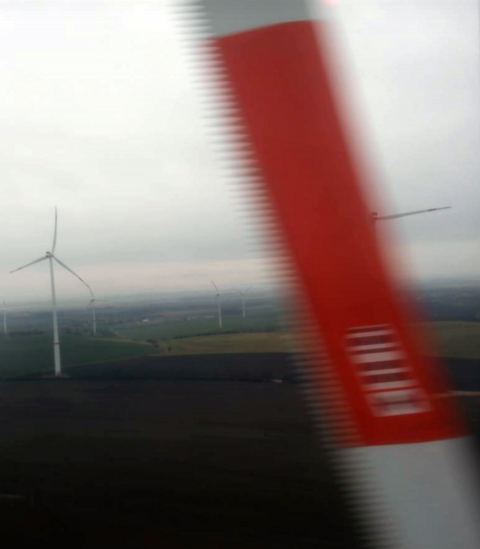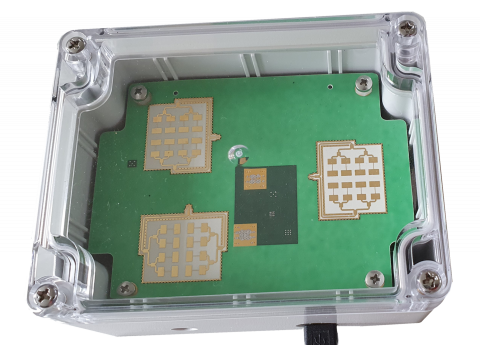Radar has proven to be a suitable sensor system for the Structural Health Monitoring (SHM) of rotor blades on wind turbines. With the help of the reflected radar signals from rotor blades, structural properties or changes during the operation of a wind turbine can be detected. The frequency range from 33.4 GHz to 36.0 GHz has proven to be suitable. The complexity of the expected radar signals requires an elaborate and complex signal evaluation, which is to be carried out with the help of artificial intelligence (AI). Commercial radar modules that meet the measurement requirements are not available on the market. Therefore, IMST GmbH is taking over the role of developing this radar technology.
The Federal Ministry for Economic Affairs and Climate Actions is funding the project PROFI-WIND "Application-oriented Rotor Blade Monitoring using Millimetre Wave Radar". Coordinator is the Goethe University Frankfurt. The project duration is from June 2021 to May 2024.
Project partners:
- Goethe University Frankfurt (Coordinator)
- IMST GmbH
- cp.max Rotortechnik GmbH & Co. KG
- Knowtion GmbH
- BOREAS Energietechnik GmbH (associated partner)

